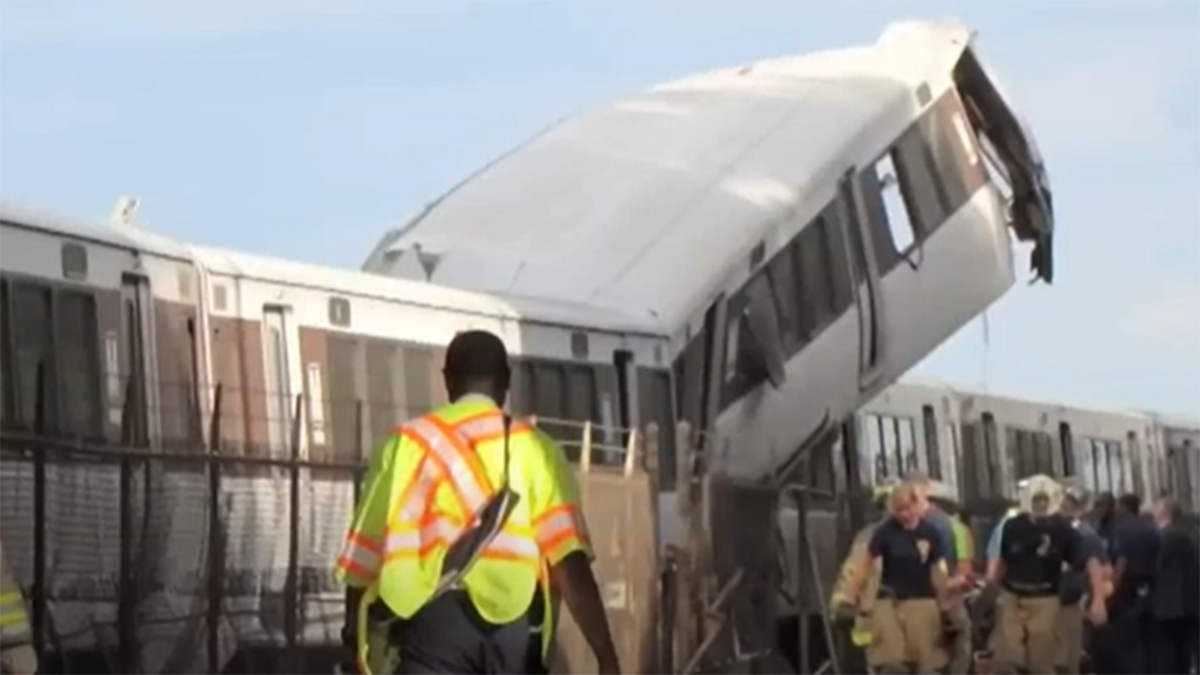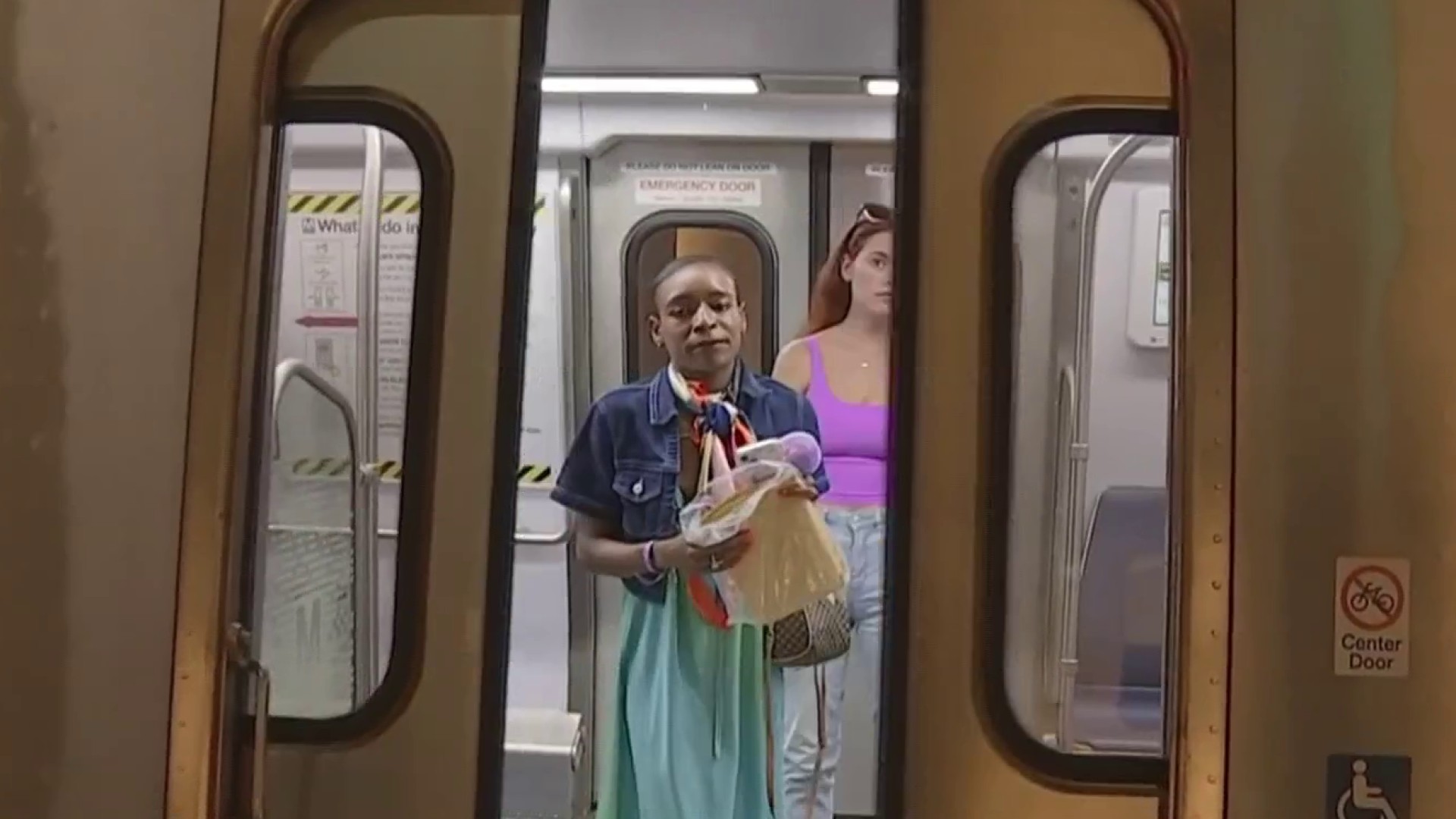Metro is planning a major change to how trains are operated in the D.C. area.
The agency says it’s ready to use its automatic, computer-controlled train operation system for the first time in 15 years, since a deadly crash on the Red Line in 2009.
The trains will get signals and speed commands from equipment in the tracks. A train operator will still be inside the train’s cab.
Metro General Manager Randy Clarke told News4 automation is a major part of his plan. Metro recently started opening train doors in automatic mode and reported little to no issues with door operations.
“We’re really focused on automatic train operation, and we are making a lot of progress. We’re now officially on automatic doors throughout the whole system. Much safer. And on-time performance has improved pretty dramatically because of that,” he said.
While using automatic mode, train operators will pay attention to the environment around the train and look for any issues on the tracks or other safety concerns.
The 2009 Metro crash that killed nine people was never ruled to have been caused by automatic train operation; it was found to have been caused by a track defect.
Metro is exploring the possibility of raising the maximum allowable speed of trains in some parts of the system. In some cases, trains would go from 59 mph to 75 mph.
With these changes in play, Metro said the average speed of trains could increase by about 8%, meaning shorter wait times for riders.
Metro is aiming for trains on the Red Line to switch to automatic operation by December. The rest of the train lines would follow in January 2025.
News4 sends breaking news stories by email. Go here to sign up to get breaking news alerts in your inbox.
The agency’s main safety watchdog, the Washington Metrorail Safety Commission will have to review and sign off on the plan before it takes effect. They told News4 the plan has been selected for an in-depth review.



